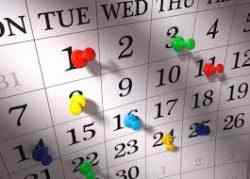Sorry I am so late! Had family stuff come up, so please forgive me, here we go!
The Wishing Spell has been a great book so far. I am still in the first quarter of the book, so I am a little behind. I can say that, had this book been available to me when I was in the age range this book was aimed at, I would have eaten it whole by now. It is a great story and moves smoothly and convincingly. The characters are very real, and the language used in the book reflects the mentality and language used by children in the age range the book was intended for.
The story reflects a situation I know now to some extent; my dad committed suicide and left my mom with the four of us kids, two of us still living at home. My twin brother and I had a similar dynamic to the twins in the story, except I was the poor student, and my brother was the smart one.
I really like the fantasy characters in the story. I am early in the book, as I said before, but I really liked the personality of the Frog, and I am looking forward to meeting others later in the story. I also love the whole idea of falling into a book. It is a daydream I always had as a kid. Alex putting random objects into the book is sooooo what I would have done!
As for Miller, I agree with most of what she says. Mostly, allowing children to pick what they read seems to be the strongest point I have come across thus far. Kids who are forced to read things they don’t like will, to some extent, feel that all things they read later are ‘forced’ and therefore not fun. The few times I can recall having a choice with books, there was only a few, and they were all the same type, and none of them interesting. I recall reading an article lately about a girl back east who was tired of reading about ‘white boys and their dogs’ because she cannot connect to the characters in the books she was reading. She later went to collect 1000 books about African American children and donated them to local schools in her area. I bring this up because it is the opportunity to see what giving kids the books they like and can connect to can do.
Kids who may have hated reading because it is simply not interesting can find interest, and therefore read more. Even later, when they are forced to read books they don’t like as young adults or full adults in school, can learn to bear it a little better. On the other hand, I can also say that kids will tend to pick ONLY things they like, and it may, to some degree, lessen their willingness to try new things.

